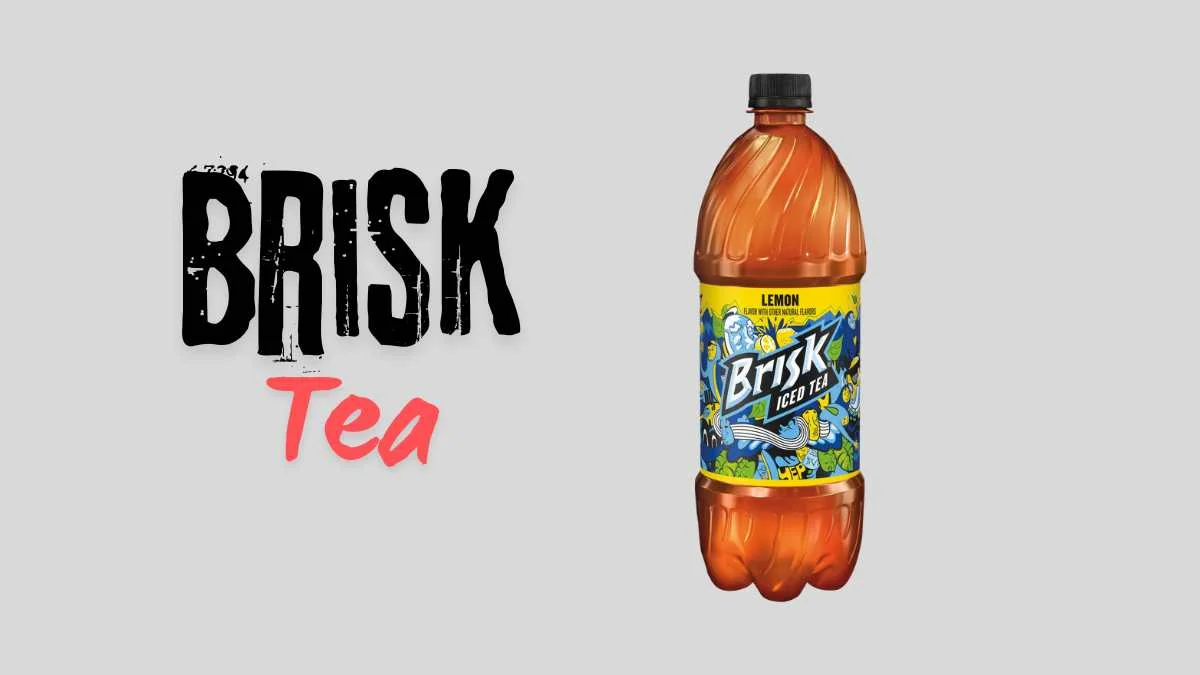In the ever-evolving landscape of beverage brands, Brisk stands out as a unique fusion of tea and juice that has carved its niche in the global market. Managed by the Pepsi Lipton Partnership, Brisk Tea has grown from its humble beginnings to become a billion-dollar brand under PepsiCo’s expansive umbrella. This in-depth article explores the journey of Brisk, from its inception and development through its marketing campaigns and impact on the beverage industry.
The Genesis of Brisk Tea
Brisk Tea was introduced as a result of a joint venture between two of the consumer goods industry’s giants, PepsiCo and Unilever, which came together in 1991 to form the Pepsi Lipton Partnership. This collaboration aimed to combine PepsiCo’s prowess in beverage distribution and marketing with Unilever’s tea expertise, provided through its Lipton brand. The venture was designed to innovate within the tea segment, which at the time was seeing a renewed interest among consumers seeking alternatives to traditional soft drinks.
Evolution and Growth
Over the years, Brisk has evolved significantly. Initially launched as a ready-to-drink iced tea, the brand has expanded its offerings to include a variety of flavors and formulations, blending tea with juice to cater to a diverse consumer base looking for refreshing, bold flavors. In 2012, a significant milestone was achieved when PepsiCo announced that Brisk Tea had surpassed $1 billion in annual revenue, joining the ranks of the conglomerate’s other billion-dollar brands.
In November 2021, a pivotal change occurred when CVC Capital Partners acquired Unilever’s tea unit, Ekaterra, along with its interests in the Pepsi Lipton Partnership. This acquisition marked a new chapter for Brisk, promising continued innovation and market expansion under new stewardship.
Product Reformulation and Health Consciousness
In its initial years, Brisk Tea was often criticized for its high sugar content, which amounted to about 44 grams per 16-ounce can. Responding to growing health concerns and shifting consumer preferences towards healthier beverage options, Brisk underwent a significant reformulation. The introduction of sucralose as a sweetener reduced the sugar content by approximately half in most of its varieties, making it a more health-conscious choice without compromising on taste.
Marketing and Cultural Impact
Brisk is perhaps equally well known for its dynamic and culturally resonant advertising campaigns as it is for its product offerings. The brand’s marketing strategy, characterized by the iconic tagline “That’s Brisk, baby!” has played a crucial role in its popularity. These campaigns, first launched by J. Walter Thompson in 1996 and later revived by Mekanism in 2010, often feature claymation versions of pop-culture icons and celebrities who are reinvigorated by Brisk in humorous, exaggerated scenarios.
Celebrity endorsements in the ads have included a range of figures from Frank Sinatra and Elvis Presley to contemporary stars like Eminem and Danny Trejo, bridging generational gaps and reinforcing the brand’s edgy, cool image. This creative approach has not only enhanced brand recognition but has also established Brisk as a staple in popular culture.
Challenges and Opportunities
Despite its successes, Brisk faces challenges in an increasingly competitive beverage market where consumer preferences are rapidly evolving. The rise of organic and natural products, along with a growing DIY culture in food and beverages, poses a challenge to established brands like Brisk. However, these market dynamics also present opportunities for innovation, such as the introduction of organic or all-natural ingredients and expanding into new, untapped markets.
Future Directions
Looking forward, Brisk is positioned to continue its tradition of innovation with the backing of CVC Capital Partners. The focus is likely to remain on aligning the brand more closely with modern consumer demands—healthier options and sustainable practices—while maintaining the bold flavors and irreverent marketing that have defined its character.
Conclusion
From its inception through its rise to a billion-dollar brand, Brisk Tea has exemplified how traditional products can be reinvented through innovative marketing and adaptation to consumer preferences. As it moves forward under new ownership and with a legacy of boldness and innovation, Brisk stands poised to refresh not just its consumers but also its brand strategy in the dynamic beverage market.








